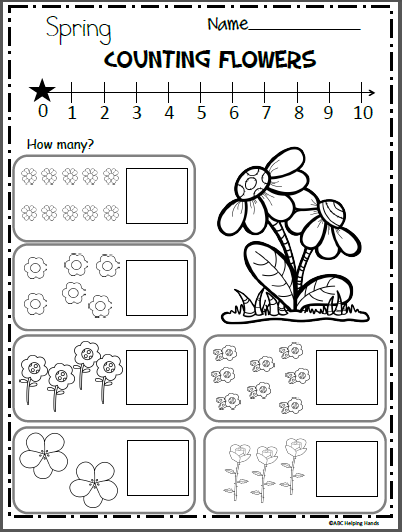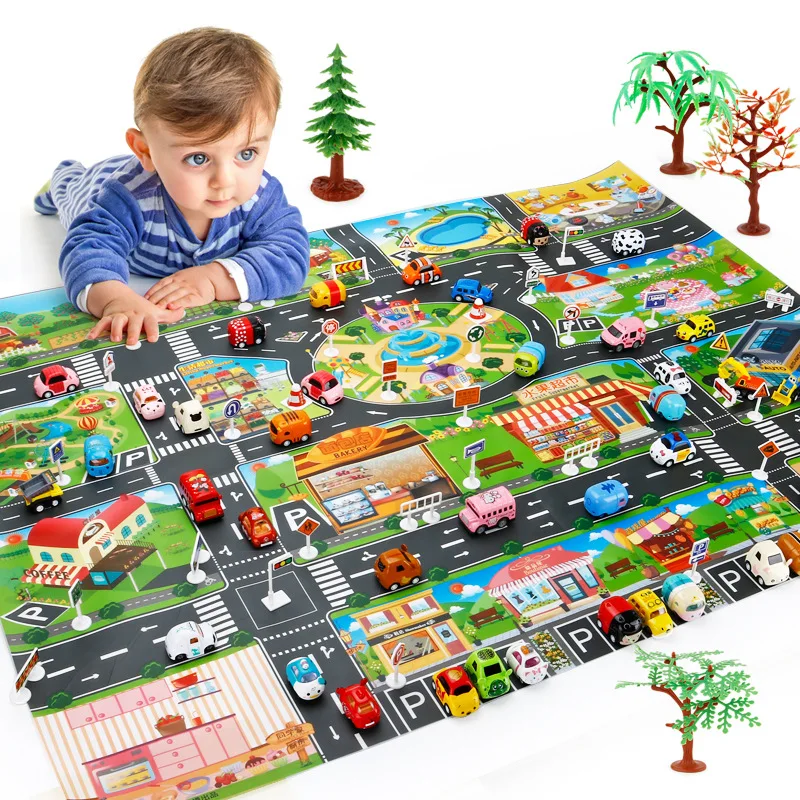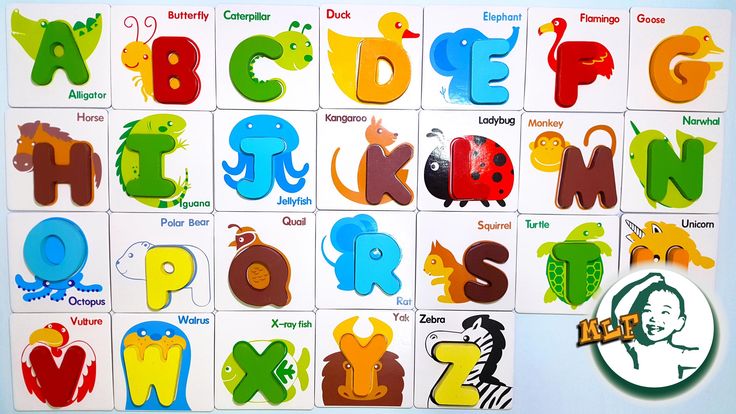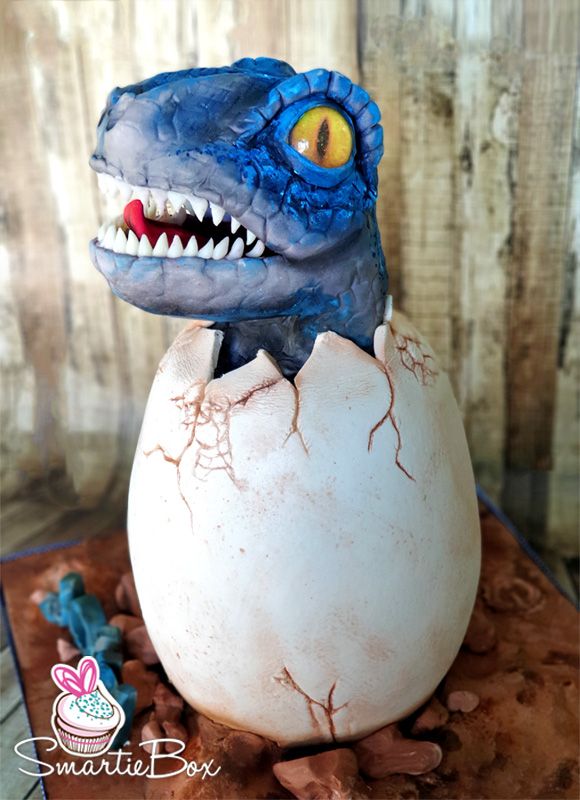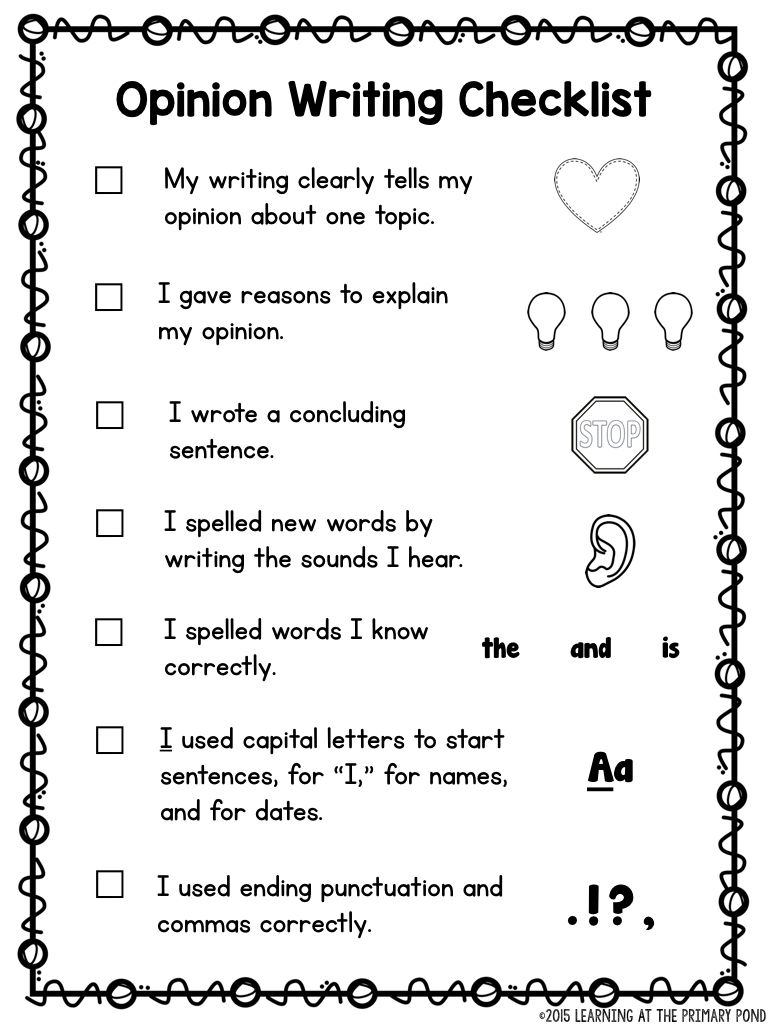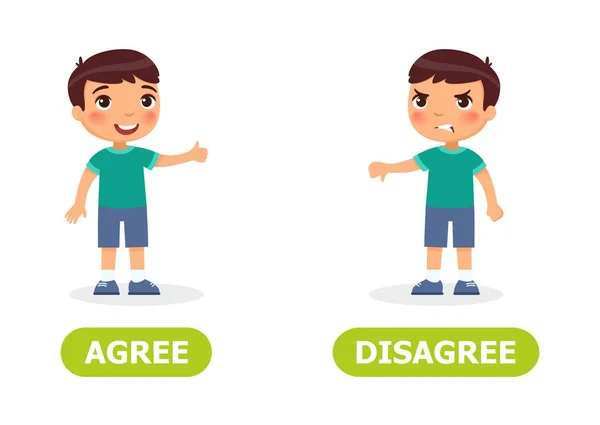Maths for 5 year olds
Maths: Age 5–6 (Year 1)
How to help at home
You don’t need to be an expert to support your child with maths or help them develop a good sense of number! Here are three simple, but effective learning ideas that you can try with your child using everyday items at home.
1. Count objects around the house
When counting, encourage your child to point to each object, putting them in a row. For more than 10 objects, group into tens to see that, for example, 32 is 3 tens and 2 ones. Practise counting in twos, fives or tens using, for example, pairs of socks, fingers on hands or 10p coins.
2. Play dice games
Gather some objects – blocks, buttons, even biscuits! Roll two dice and find the total, using the objects to add practically. Or start with, say, 12 objects, roll a dice and subtract the number shown on the dice to find how many objects are left. The player with more objects wins.
3. Use toys
Explore fractions using some of your child’s favourite toys, for example teddies or cars. Ask your child to halve their toys by splitting them into two equal groups. So, for ten cars, make two groups of five. Similarly, practise finding one quarter by splitting toys into four equal groups.
You’ll find more activity ideas in our Kids’ activities section.
What your child will learn at school
Number & place value in Year 1 (age 5–6)
In Year 1, children will be expected to work with numbers up to 100, counting on or back from any number and in steps of 2, 5 or 10. This includes:
-
- reading and writing numerals to 100 and number names to 20 in words
- using objects and number lines to represent numbers
- finding one more and one less than any number.
More information and activity ideas for Year 1
Addition & subtraction in Year 1 (age 5–6)
In Year 1, children will be expected to be able to read, write and understand mathematical ideas using addition (+), subtraction (–) and equals (=) signs.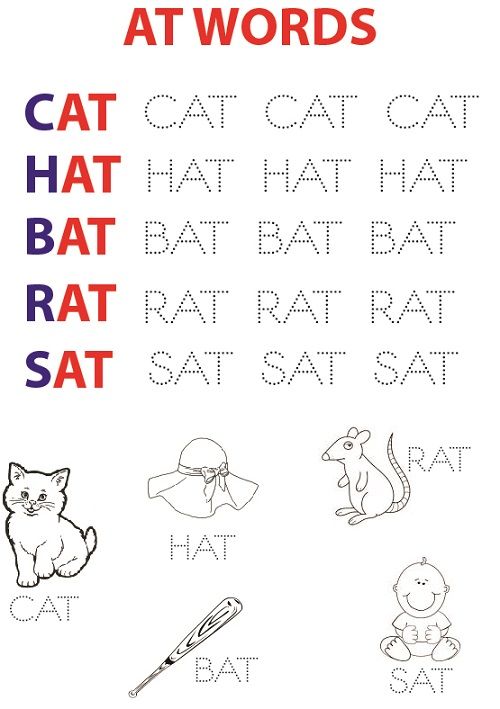 This includes:
This includes:
-
- making and using number bonds to 10 and then to 20
- adding and subtracting one-digit and two-digit numbers to 20, including 0
- solving simple problems using objects, drawings, diagrams and symbols, including missing number problems such as 7 = ? – 9.
More information and activity ideas for Year 1
Multiplication & division in Year 1 (age 5–6)
In Year 1, children will be expected to be able to solve simple multiplication and division problems using objects, drawings and arrays to help them. This includes:
-
- counting in steps of 2, 5 and 10 and understanding that, for example 3 × 2 is the same as 2 + 2 + 2
- using sharing and grouping to solve division problems
- beginning to understand the relationship between multiplication and division.
More information and activity ideas for Year 1
Fractions in Year 1 (age 5–6)
In Year 1, children will be expected to be recognise, find and name halves and quarters of objects, shapes and quantities. This includes:
This includes:
-
- understanding halving as sharing equally into two parts or groups
- understand finding a quarter as sharing into four equal parts or groups
- understanding that finding a half is the same as dividing by 2 and finding a quarter is the same as dividing by 4.
More information and activity ideas for Year 1
Geometry in Year 1 (age 5–6)
In Year 1, children will be expected to be able to identify simple flat (2D) and solid (3D) shapes and use mathematical vocabulary to describe position, direction and movement. This includes:
-
- recognising and name common 2D shapes, such as circles, triangles, rectangles and squares
- recognising and name common 3D shapes, such as spheres, pyramids, cones, cuboids and cubes
- describing whole, half, quarter and three-quarter turns.
More information and activity ideas for Year 1
Measurement in Year 1 (age 5–6)
In Year 1, children will be expected to be explore measurement in relation to length, height, weight, volume, time and money.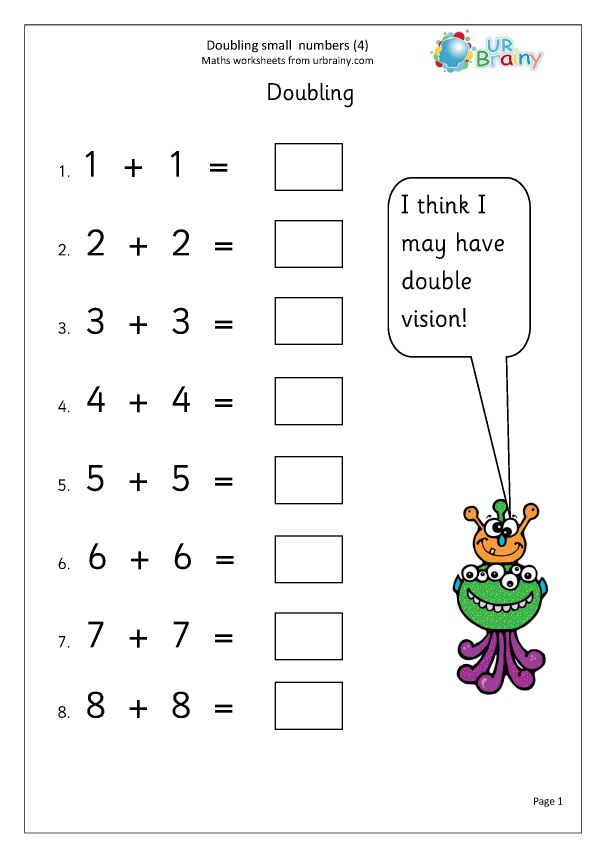 This includes:
This includes:
-
- measuring and comparing lengths, heights, weights and capacities
- telling the time to the hour and half hour
- recognising and knowing the value of different coins and notes.
More information and activity ideas for Year 1
What Your Five-Year-Olds Should Know?
- Home
- >
- Blog
- >
- Math for 5-Year-Olds: All You Need to Know
Jessica Kaminski
7 minutes read
May 19, 2022
Are you having trouble with explaining math for 5 year olds? It can be tough, but there are some tricks to make your child understand basic concepts.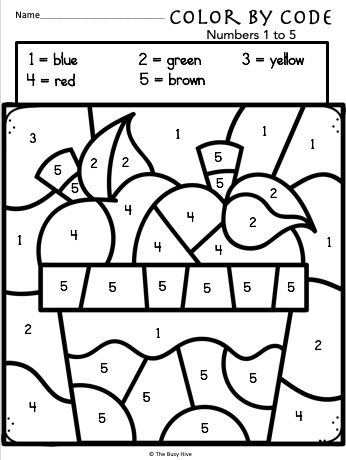 It may sound strange but math can be fun for kids, and sometimes even adults. This article will provide some math activities and tips to improve your child’s math skills. So, read on to discover how you can help your kid to be good at math and improve their grades.
It may sound strange but math can be fun for kids, and sometimes even adults. This article will provide some math activities and tips to improve your child’s math skills. So, read on to discover how you can help your kid to be good at math and improve their grades.
Math for 5-Year-Olds
It is never too early to start learning math. For example, kindergarten numbers and counting worksheets are great resources for young children who just begin their math education. Math worksheets and counting games are great ways to help kids learn while having fun.
A lot of parents are concerned about the necessity to teach math for 5-year-olds. Typically, a math program for preschoolers covers basic topics like numbers, concepts, shapes, and patterns. So, you do not have to worry about the complexity of tasks and can enjoy the process of studying with your child.
Numbers and Place Value
All the numbers we use are part of our everyday lives. Your age, shoe size, and the number of people in your family all have numerical value.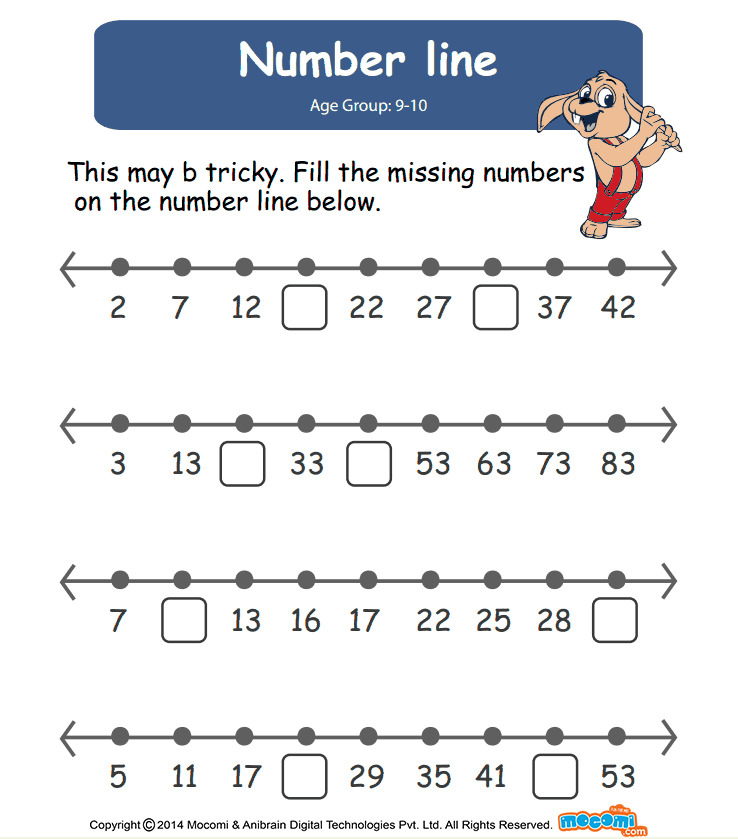
The word ‘number’ means an amount or a quantity and can refer to objects or people. It could be objects or people which are countable.
Numbers and place value are the building blocks of mathematics. Understanding of numbers and place value can help children develop confidence in performing a range of math tasks. Math for 5-year-olds is all about using these skills coupled with problem-solving ability.
Some of the activities for this age group are counting objects up to 100 (1-20, 20-100), reading number names from 1 to 20, from 20 to 100 by 10s, and up to 1000. You can ask kids to compare numbers using mathematical symbols. Another exciting activity is locating sets of numbers in ascending order, descending order, and in between other numbers.
Addition and Subtraction
Have fun with addition and subtraction using toys, games, or any objects that your child can easily manipulate. Many children learn better when they can see the things they count.
When your child masters counting, you can move on to additional practice.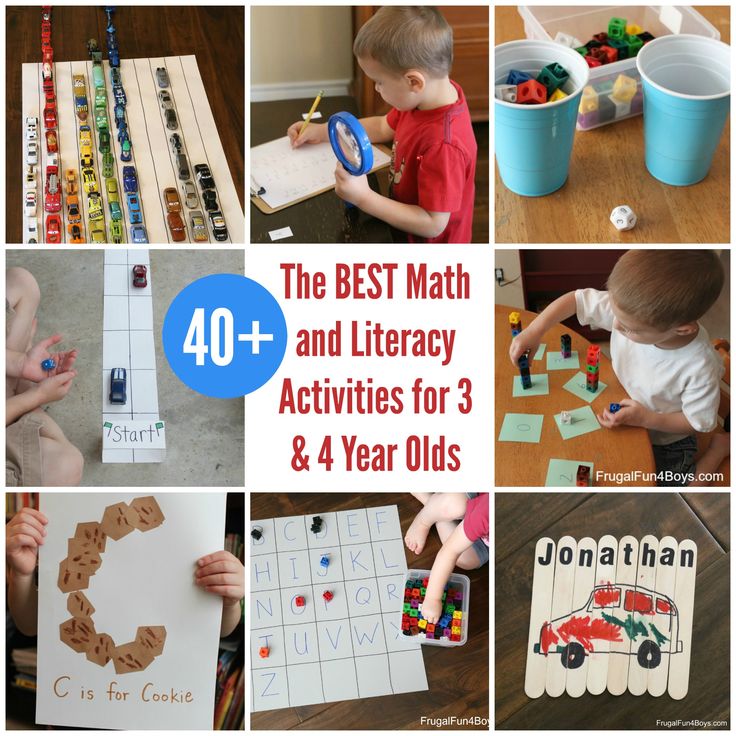 Help your kid add two numbers together by showing him how to write the numbers down on paper or in a workbook.
Help your kid add two numbers together by showing him how to write the numbers down on paper or in a workbook.
When you add one or more numbers, you get a sum. When you subtract one or more numbers, you get a difference.
Here are some math games for 5-year-olds that you can play at home to teach your child addition and subtraction:
- Play games like Tic-Tac-Toe and Bingo that involve counting.
- Use math toys for 5-year-olds like blocks, beads, and small cars for counting activities involving operations of adding and subtracting.
- Cook together by counting ingredients for a recipe.
Multiplication and Division
Learning math with 5-year-olds is easier than most people think. The process should involve everyday activities with suitable items and games. Multiplying and dividing can be fun for a 5-year-old when you use the right materials.
The first thing to remember when learning multiplication and division for 5-year-olds is to make it fun.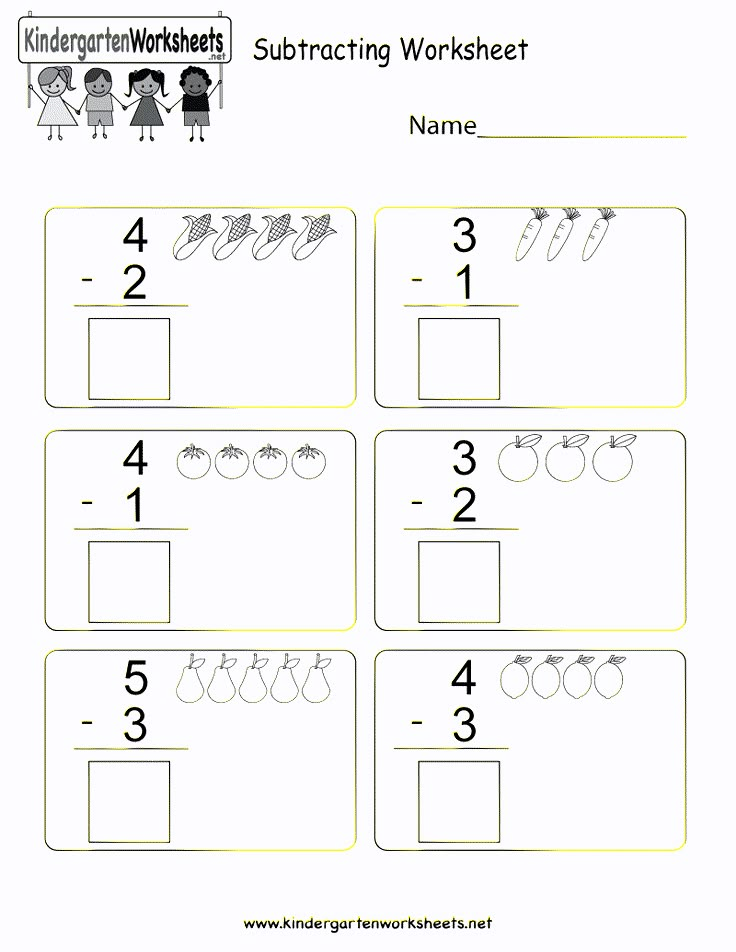
Multiplication is a kind of repeated addition. If you have three groups of five apples each, you could count them one by one, saying “1, 2, 3, 4, 5” for each group. That is three lots of five apples. Or you could say “5, 10, 15.” Three groups of five are the same as 5+5+5. Multiplication is like adding several numbers together at once.
Division is the opposite of multiplication. The easy way to explain division to a child is using real-life examples. If you have fifteen apples and divide them into three equal groups, each group has five apples — because if you multiply three by five, you get fifteen. The division is like taking apart a stack of money or a big pile of something into smaller stacks or piles.
Multiplication and division are easy to teach at home in your spare time while doing everyday activities with your 5-year-old. The great thing about multiplication and division is that they can be taught using everyday objects around the house or at the grocery store.
Fractions
Fractions is a more complicated topic for preschoolers. Fractions mean that we split a whole into equal parts. Example: If you have 1 pizza and 1 friend eats half of it, you and your friend each ate one half; this is what we call “one half.” So, one half is equal to one piece of the pizza.
If you have 2 friends, and each eats one third of the pizza, you ate 1 out of 3 pieces.
We write fractions with a slash between the numerator and denominator (the top and bottom numbers). For example, 1/2 means “1 out of 2” or “one half.”
Math Activities
Learning math is a lot like learning anything else – it takes practice! Math workbooks are a great way to have lots of practice and drills on various problem types.
You can decide to offer numerous math activities for 5-year-olds that make the learning process exciting. Teach everything from counting practice to fractions and measurement, so your child will be ready for whatever topic comes next.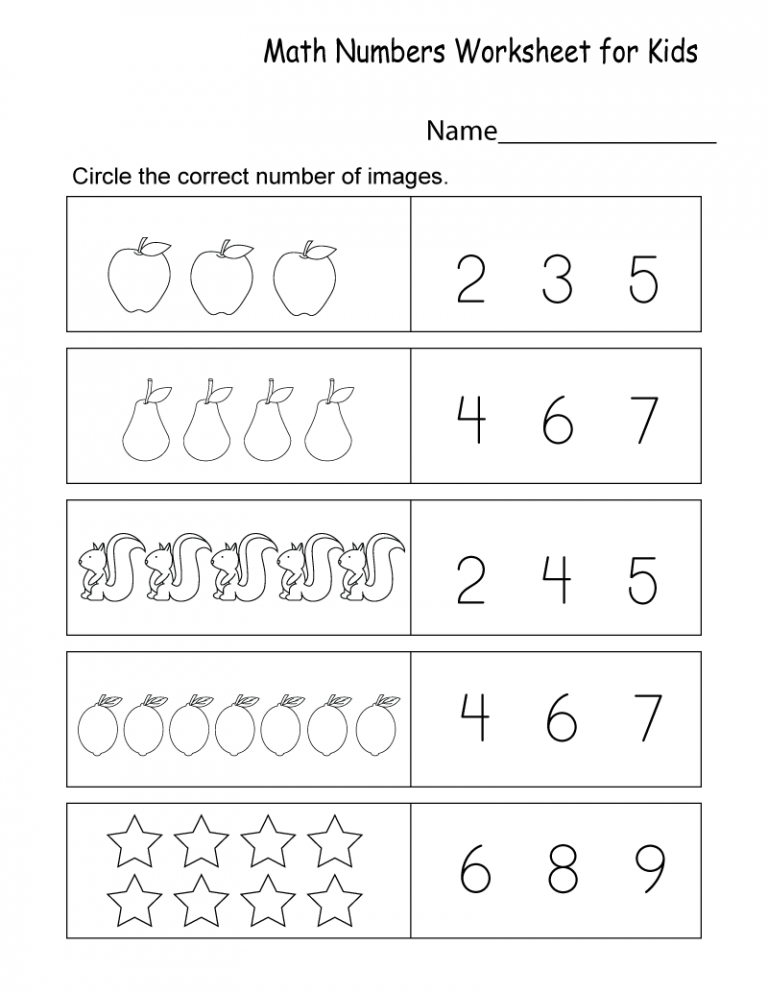
When you teach math for 5-year-olds, worksheets are a great tool that can guide your child through basic concepts and help them succeed as they progress to elementary school and beyond. Worksheets can cover numerous topics from fractions and decimals to multiplication and division.
Remember that children’s math skills develop quickly, and as a parent, you have a big influence on how well your child does in school.
Conclusion
So, when it comes to teaching math for 5-year-olds, there are many concepts you will want to explain. First, you have to teach kids about counting and the way numbers go in sequence. Don’t forget to have fun while learning and not become frustrated when practicing a new skill with your kid. It is a journey that encompasses both love of learning and lifelong memories, and the only way to get those memories is to enjoy the process and time spent with your kid.
Jessica Kaminski
Jessica is a a seasoned math tutor with over a decade of experience in the field.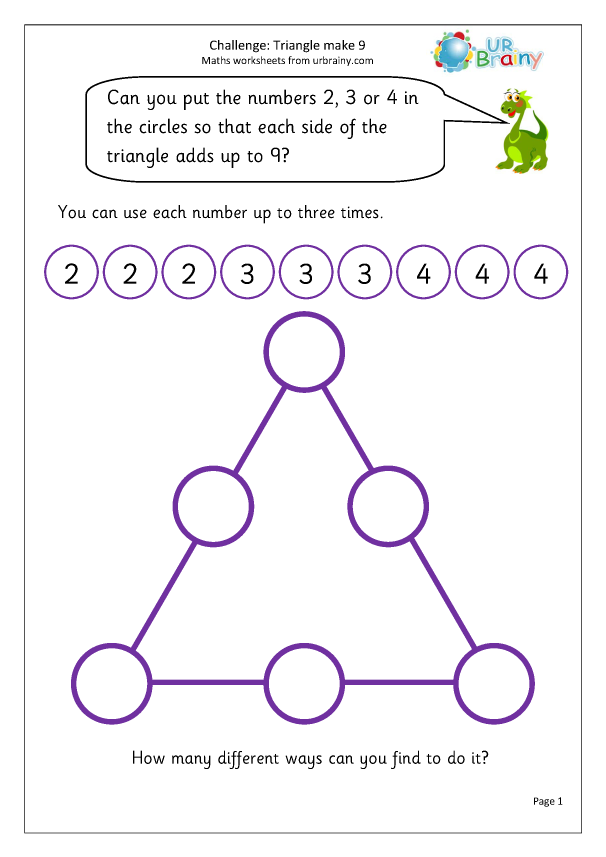 With a BSc and Master's degree in Mathematics, she enjoys nurturing math geniuses, regardless of their age, grade, and skills. Apart from tutoring, Jessica blogs at Brighterly. She also has experience in child psychology, homeschooling and curriculum consultation for schools and EdTech websites.
With a BSc and Master's degree in Mathematics, she enjoys nurturing math geniuses, regardless of their age, grade, and skills. Apart from tutoring, Jessica blogs at Brighterly. She also has experience in child psychology, homeschooling and curriculum consultation for schools and EdTech websites.
Math for children 4, 5, 6, 7 years old
Here you can find a lot of useful materials on the topic "Math for children for children 4, 5, 6, 7 years old", which you can print on a printer and engage with children as at home, and in preschool and school institutions. Learning math in a playful way is a very interesting activity even for those children who do not show much love for learning. Also, such tasks are great for little fidgets who cannot sit in one place for 5 minutes. Each game task is designed for a younger child - it is designed in such a way that the child does not get tired, and at the same time receives a useful portion of knowledge and skills. The main thing is not to solve all the tasks at once, only one at a time! nine0003
Mathematics for children 4, 5, 6, 7 years old - choose a section for learning
Mathematics for children is presented here in several sections, each of which develops certain skills in teaching a child.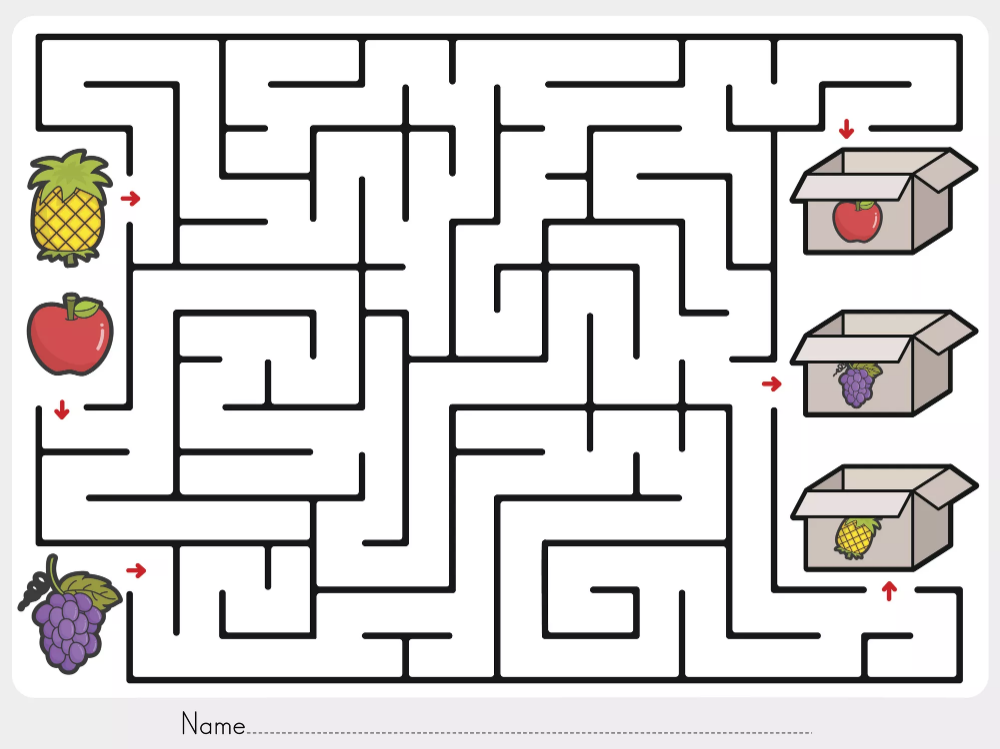 For example, counting up to 10 and 20 is intended for children who are learning to count objects, but still do not know numbers well and do not know how to solve mathematical expressions. In the section with tasks in mathematics, more complex tasks are presented, in which examples, tasks, and various tasks for adding, subtracting, dividing the number of objects into equal parts, etc. can be found. In tasks with geometric shapes, children will get acquainted with the shapes and names of geometric shapes, perform simple tasks to consolidate the learned material. Also, tasks with mathematical signs (greater than, less than, equals sign) are given separately. nine0003
For example, counting up to 10 and 20 is intended for children who are learning to count objects, but still do not know numbers well and do not know how to solve mathematical expressions. In the section with tasks in mathematics, more complex tasks are presented, in which examples, tasks, and various tasks for adding, subtracting, dividing the number of objects into equal parts, etc. can be found. In tasks with geometric shapes, children will get acquainted with the shapes and names of geometric shapes, perform simple tasks to consolidate the learned material. Also, tasks with mathematical signs (greater than, less than, equals sign) are given separately. nine0003
Learning to Count to 10 - Fun Picture Activities
In this section we are learning to count to 10 with fun picture activities for preschoolers. Learning to count in a playful way is a very interesting activity even for those children who do not show much love for learning.
Learn to count to 20 - Picture game tasks
Here we learn to count to 20 by doing interesting picture game tasks.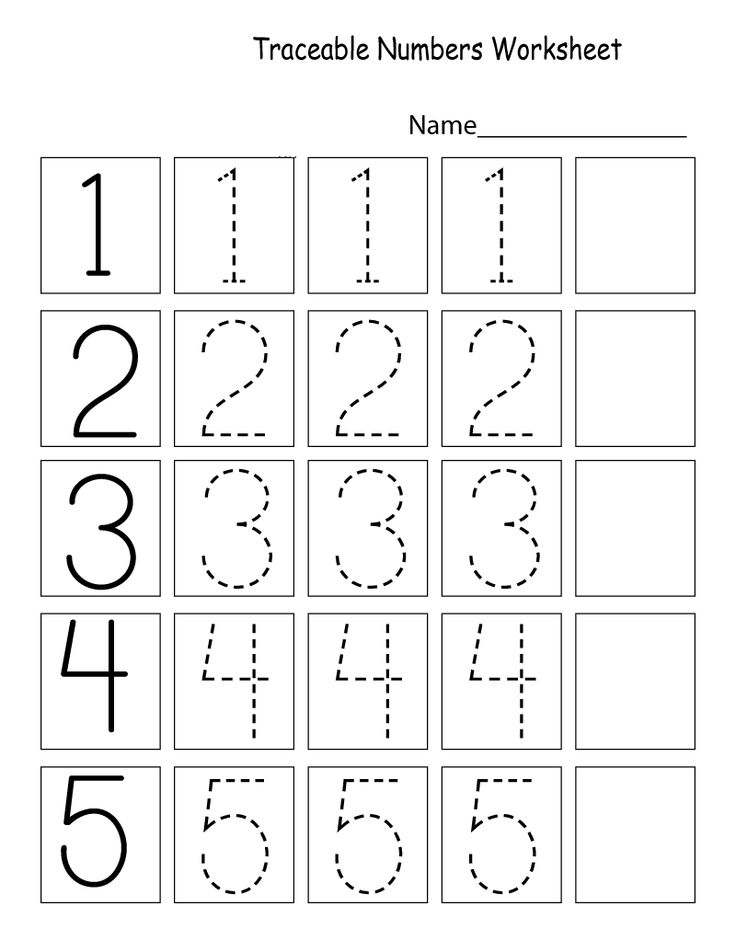 The activities below are suitable for children who have already mastered counting up to 10 and are starting to learn counting within 20.
The activities below are suitable for children who have already mastered counting up to 10 and are starting to learn counting within 20.
Fun math pictorial tasks for kids
Here are some fun and colorful math pictorial tasks for kids who are getting ready for school or are in 1st grade. Assignments can be very useful for teachers in kindergartens and elementary schools to teach children about mathematical expressions more effectively.
Geometric shapes for children - Interesting tasks
Here you can download and print geometric shapes for children in the form of interesting tasks in pictures, the implementation of which will not only benefit the child, but also a lot of fun. nine0003
Numbers for kids - Download, print and cut!
Numbers for children in various designs are presented here - numbers in the form of flowers, three-dimensional, gold, with various textures, ice, puzzle numbers, as well as simple numbers in black and red.
Mathematical signs and symbols - Picture tasks
Learning math signs and symbols with interesting picture tasks.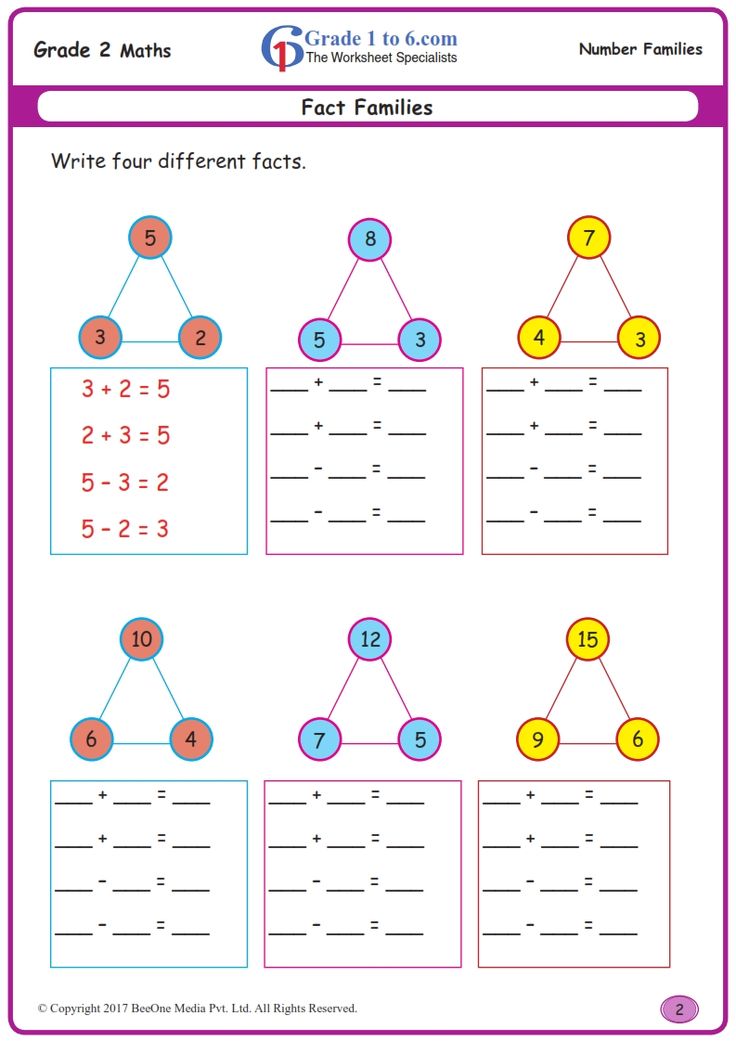 By completing tasks, the child will learn to distinguish between greater than and less than signs, as well as plus, minus and equal sign. nine0003
By completing tasks, the child will learn to distinguish between greater than and less than signs, as well as plus, minus and equal sign. nine0003
Other interesting topics with mathematics
Educational games "Mathematics for Toddlers"
Games developed by the Chudo-Yudo children's portal especially for the youngest children (from 2 years old), who are just starting to learn to count to 10. Such games contribute to faster memorization of numbers, and also allow the child to understand the technology of counting, which is difficult for his age.
Math games for children from 4 to 6 years old
Games are designed to prepare a preschooler for the first mathematical knowledge and numeracy. Here you will find interesting colorful games in which the child will need to find and count the specified number of objects or living beings. Children of this age really like to count, especially in a playful way. nine0003
Math examples online
A great opportunity for younger students to practice their knowledge of mathematics.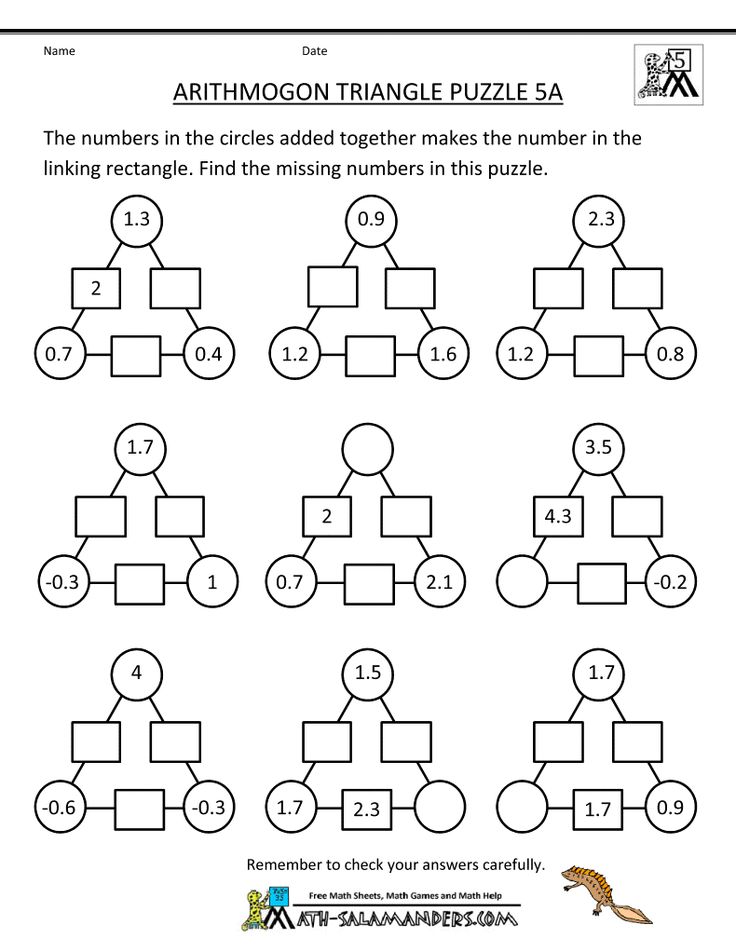 After all, in these tasks you need to be able to quickly solve examples, because a certain time is allocated for the passage of each task. When the time runs out, then you are credited with points only for those examples to which the child managed to answer.
After all, in these tasks you need to be able to quickly solve examples, because a certain time is allocated for the passage of each task. When the time runs out, then you are credited with points only for those examples to which the child managed to answer.
All educational materials presented in the section "Mathematics for children 4, 5, 6, 7 years old" are very useful for preschoolers to prepare for school, as well as for younger students to practice and test their knowledge. nine0003
Learn to count to 10 - Math tasks in pictures
- Home
Here you can download printable math coloring pages "Counting to 10". The tasks include three exercises that a child of primary school age should be able to independently perform.
Published in Mathematics for children 4, 5, 6, 7 years old - print and study
In this material you can download mathematical tasks - coloring "Count to 10". In the tasks you will find two exercises for counting and two exercises for practicing writing skills, in which the child will need to copy the shapes according to the specified pattern into the cells and color them.
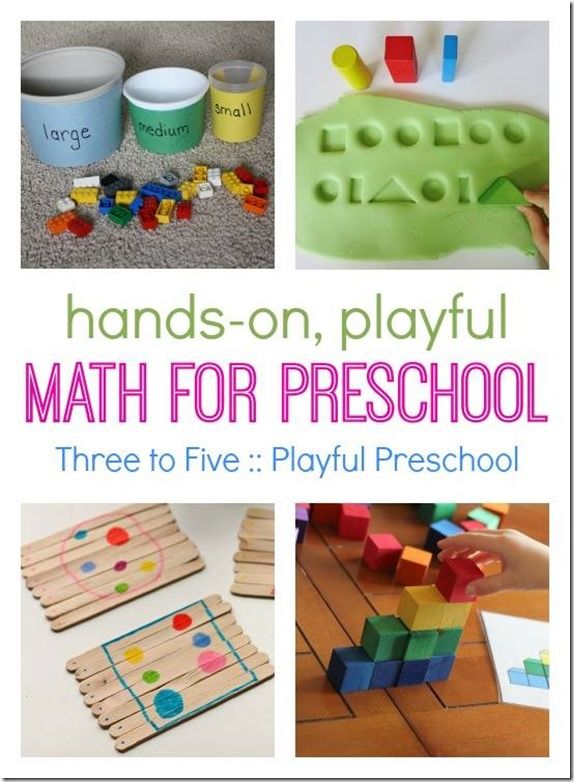 nine0003
nine0003 Published in Mathematics for children 4, 5, 6, 7 years old - print and study
In "Math counting" tasks, color as many planes as riders, and "Geometric shapes coloring" will give you the opportunity to copy and color various patterns consisting of geometric shapes yourself.
Published in Mathematics for children 4, 5, 6, 7 years old - print and study
Count and color the objects as indicated in the assignment. Name the geometric shapes that you see in the picture, copy them into the cells next to them and fill them in. Download the attachments at the bottom of the page. nine0003
Published in Mathematics for children 4, 5, 6, 7 years old - print and study
Math examples for children "Counting from 1 to 10", specially selected for toddlers and toddlers. The child will learn how to correctly formulate mathematical examples, and also fix the score from 1 to 10, having familiarized himself with the simplest arithmetic operations ...
Published in Mathematics for children 4, 5, 6, 7 years old - print and study
nine0002 Here we learn to count to 10 with fun math coloring pages.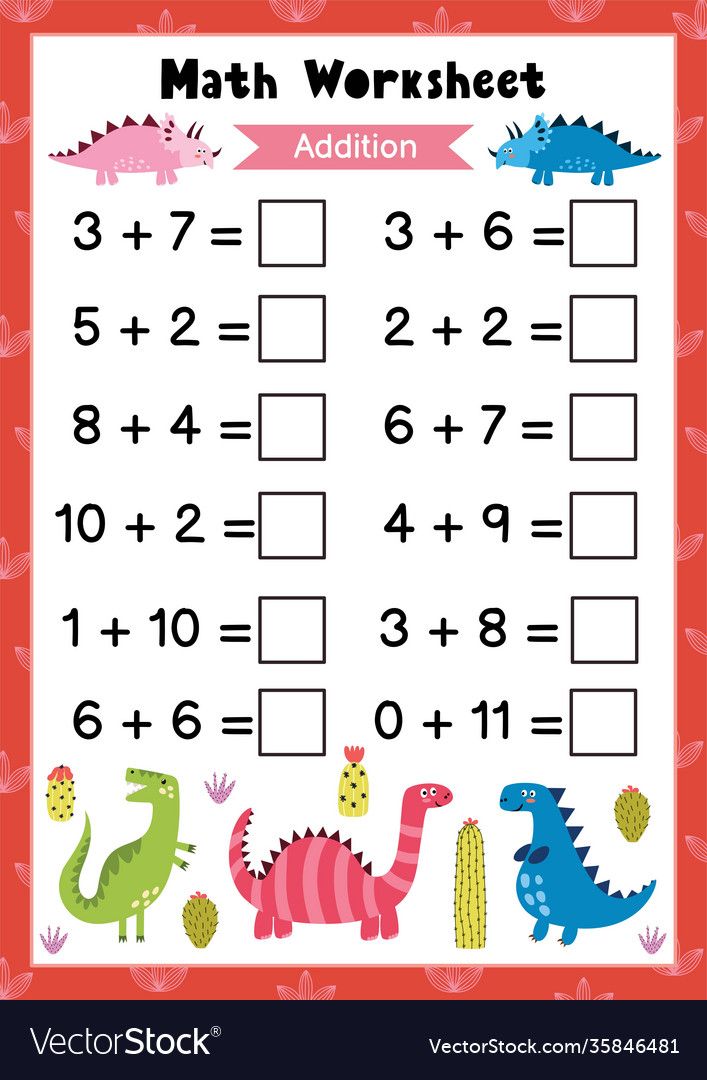 In the first task, it is necessary to "put" flowers into vases in such a way that the number of flowers corresponds to the number on the vase, and then count how many flowers were left out. In the second: connect the numbers with the required number of balls and count the extra balls. Color the pictures the way you like.
In the first task, it is necessary to "put" flowers into vases in such a way that the number of flowers corresponds to the number on the vase, and then count how many flowers were left out. In the second: connect the numbers with the required number of balls and count the extra balls. Color the pictures the way you like. Published in Mathematics for children 4, 5, 6, 7 years old - print and study
In the attachments at the bottom of the page you can download tasks for kids who are learning to count to 10 with pictures for coloring. In the first task, the child needs to count the birds indicated below in the picture and write the corresponding numbers in circles, and, of course, color the picture, and in the second: color as many objects as the number indicates. nine0003
Published in Mathematics for children 4, 5, 6, 7 years old - print and study
And again we learn to count up to 10. In this material you can download developing tasks in mathematics "Counting within 10 - Coloring for children".
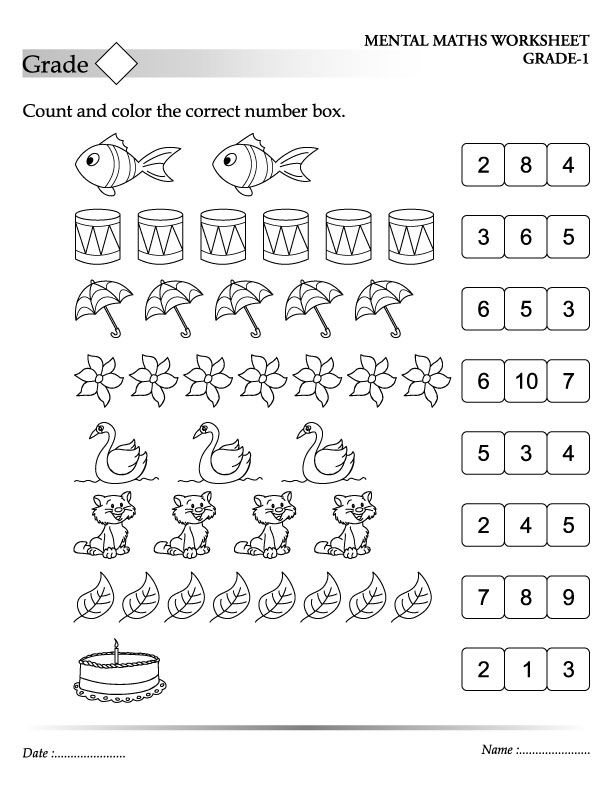 In the first task, the child needs to count and enter in the cells the number of items corresponding to the sample, and in the second: connect the number of counted similar items with the appropriate number.
In the first task, the child needs to count and enter in the cells the number of items corresponding to the sample, and in the second: connect the number of counted similar items with the appropriate number. Published in Math for children 4, 5, 6, 7 years old - print and study
We present to your attention coloring pages - write down numbers for children in mathematics with pictures of cartoon characters. Toddlers are much more interested in writing, while examining and coloring their favorite characters! At the age of 5-7 years, the ossification of the wrist and phalanges of the fingers is not fully completed in children, and the small muscle hands are very poorly developed, so it is quite difficult for kids to withstand prolonged loads when learning to write, it is very difficult for them to accurately draw lines with the same pressure, so classes are necessary carried out at short intervals so that the child has time to rest. nine0003
Published in Mathematics for children 4, 5, 6, 7 years old - print and study
Coloring "Learning to count" for children 5, 6 years old - these are fun tasks in which a child can draw, color, and count at the same time.
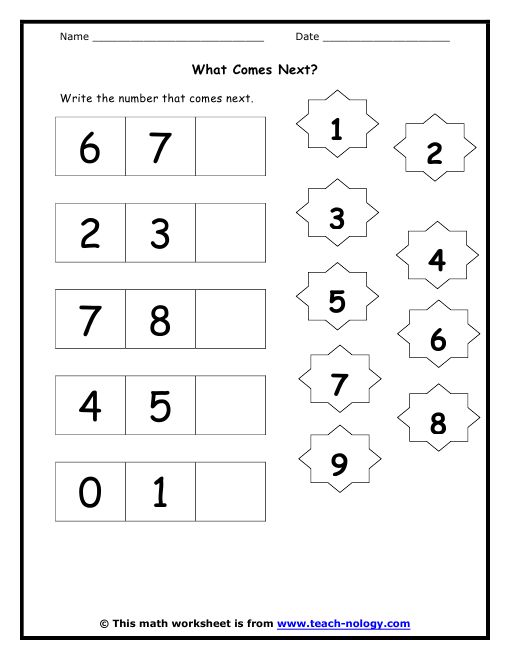 In the first task, he needs to draw as many peas on the aprons as the number indicates, and in the second: to count the objects, color them and the number corresponding to the number of objects drawn in the line.
In the first task, he needs to draw as many peas on the aprons as the number indicates, and in the second: to count the objects, color them and the number corresponding to the number of objects drawn in the line. Published in Math for children 4, 5, 6, 7 years old - print and study
"Numbers for preschoolers" - Print and circle - this is a very important methodological material for preschoolers who are learning mathematical counting, as well as writing. Such activities develop attention and memory in the child, stimulate the development of beautiful handwriting and serve as a good training for fine motor skills of the baby. The child easily remembers the proposed numbers, at the same time, learns to write them correctly, solves mathematical problems, and can also use the completed tasks as coloring pages. nine0003
Published in Mathematics for children 4, 5, 6, 7 years old - print and study
Tasks for kids will require from the kid not only the ability to count to five, but also to write, draw, and also distinguish between geometric shapes.
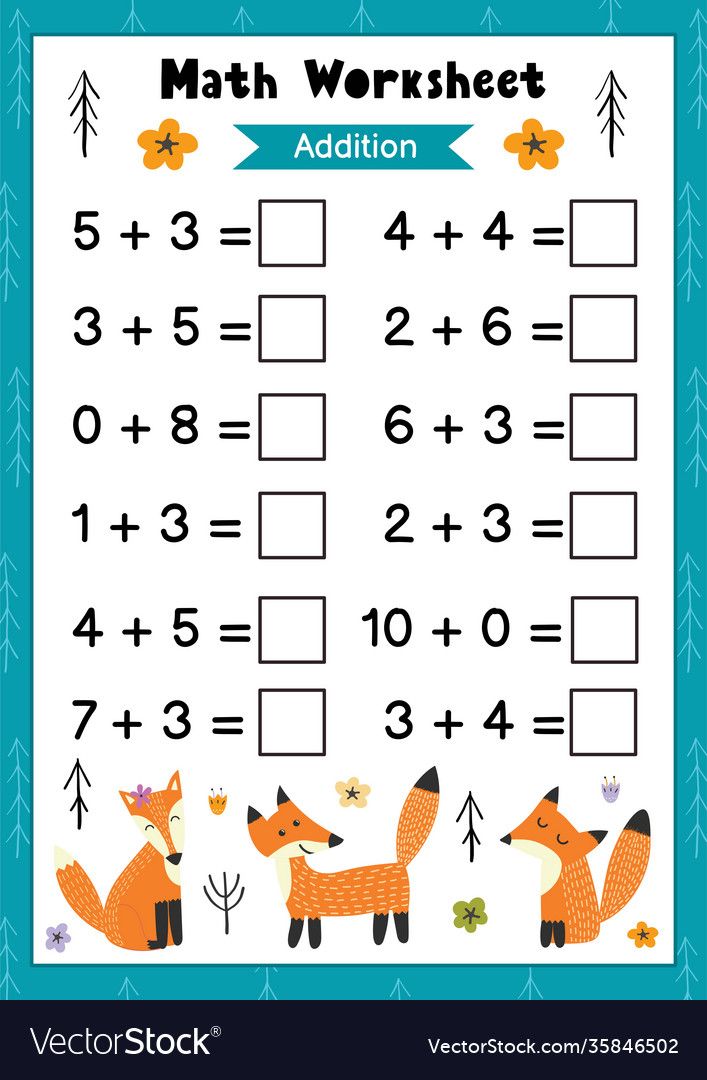 Make sure that the child clearly understands how a square is drawn, and how a rectangle, how a circle and how an oval are drawn. To make it easier for the baby, give him some examples of "neighbors of numbers" - this will help the child write the numbers in reverse order. nine0003
Make sure that the child clearly understands how a square is drawn, and how a rectangle, how a circle and how an oval are drawn. To make it easier for the baby, give him some examples of "neighbors of numbers" - this will help the child write the numbers in reverse order. nine0003 Published in Mathematics for children 4, 5, 6, 7 years old - print and study
Counting for Toddlers is a fun math picture puzzle for preschoolers and elementary school students. You can start learning such an account from the age of 3. Kids will be happy to count and color pictures, while remembering numbers and counting up to 5 without any difficulty.
Published in Math for children 4, 5, 6, 7 years old - print and study
Together with new tasks, we learn to count up to 5. The exercise includes 2 mathematical tasks for kids. In the first task, the child needs to draw as many apples in the baskets as the number on the basket indicates. In the second: cross out as many coins under the chest as indicated on the chest.
 Ask your child to color the pictures.
Ask your child to color the pictures. Published in Mathematics for children 4, 5, 6, 7 years old - print and study
The exercise "Count objects and connect them with numbers" is a good tool for kids learning to count. In the first task, the child needs to connect the number with the corresponding number of objects, and in the second - paint over. After the child correctly solves the proposed tasks, invite him to color the pictures available in the tasks. nine0003
Published in Mathematics for children 4, 5, 6, 7 years old - print and study
Funny tables - Draw the right number of figures - includes two tasks for kids. In the first task, the child needs to draw geometric shapes in columns so that their number corresponds to the number indicated in the circle, and in the second: place the required number of figures in the frames on the right (domino points will serve as clues for the child).
Published in Math for children 4, 5, 6, 7 years old - print and study
Funny recipes include not only the recipes themselves, but also additional tasks for kids to count, as well as pictures for coloring.
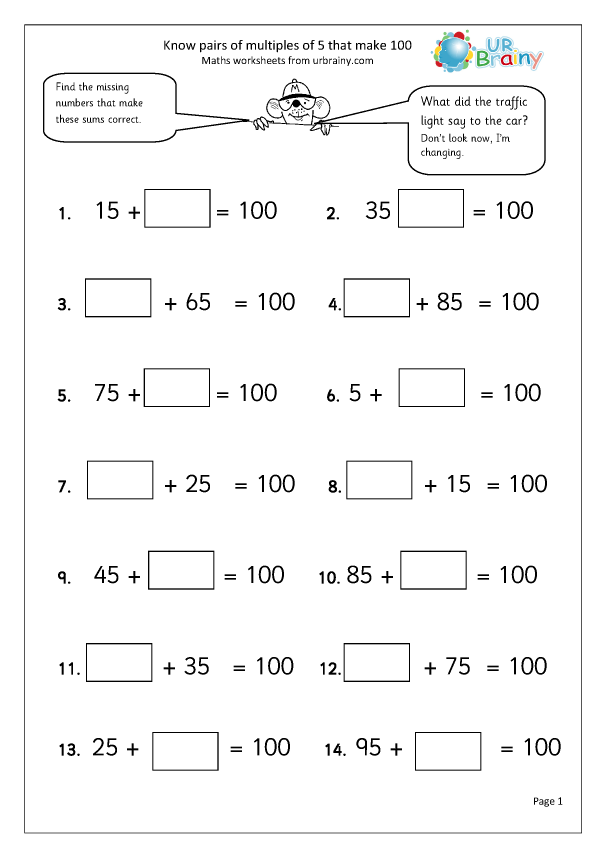 The child needs to count the pencils, color them, and write the numbers according to the proposed pattern to the right of the pictures, count and color the objects in the frames, and circle the number corresponding to the number of objects ...
The child needs to count the pencils, color them, and write the numbers according to the proposed pattern to the right of the pictures, count and color the objects in the frames, and circle the number corresponding to the number of objects ... Published in Mathematics for children 4, 5, 6, 7 years old - print and study
Learning to count with kids. Teaching children mathematics "I count up to 5" when using pictures is more conducive to learning than a regular account, because in tasks the child needs not only to count objects, but also to color them, draw the necessary details, etc. The kid is interested in playing, not tiring activities, in which learning is intertwined with entertainment. nine0003
Published in Mathematics for children 4, 5, 6, 7 years old - print and study
Here are the tasks with coloring pages for children who are just getting acquainted with the numbers from 1 to 10. Each number is considered separately and each has its own game tasks with coloring pages.
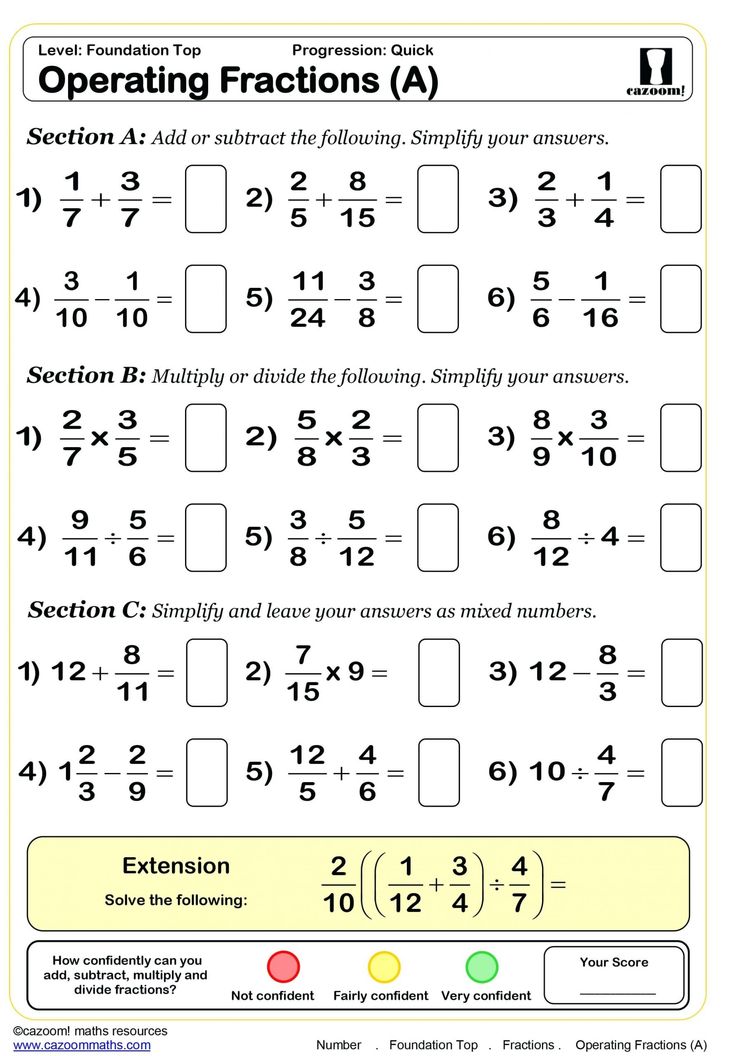
Learn more



